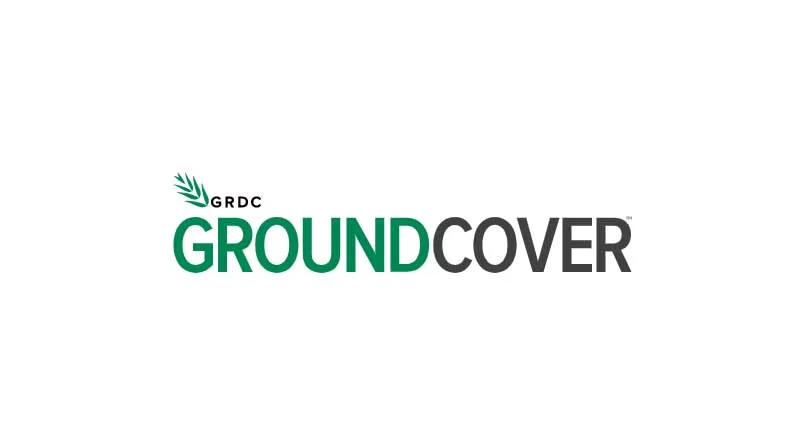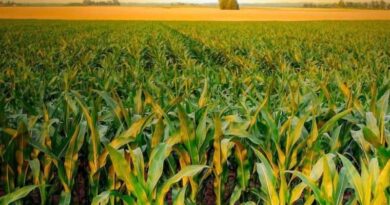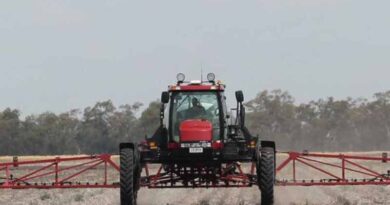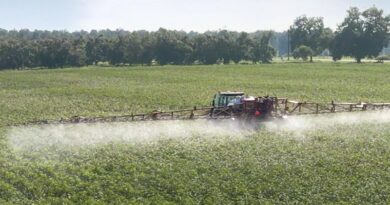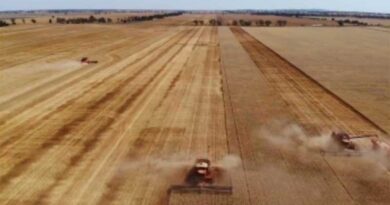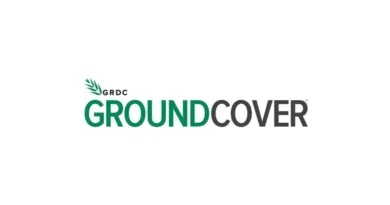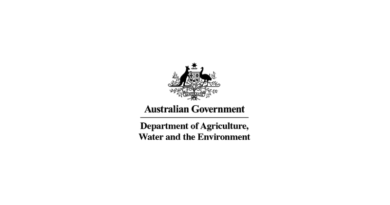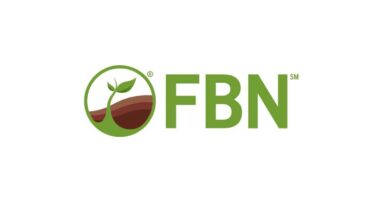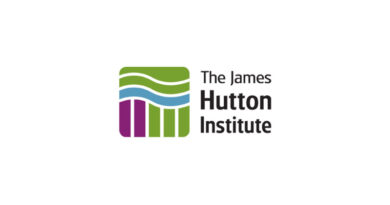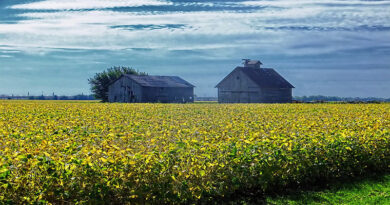World-first solution to combat spray drift saves growers time, money
20 December 2023, AU: More than 2,400 grain and cotton growers and spray contractors across Queensland and New South Wales have signed on to a world-first, Australian-developed weather data system to help minimise spray drift and limit the damage it causes to food and fibre crops and the environment.
Spray drift is a significant problem for agriculture. For example, in 2022/23, spray drift affected one in two cotton growers, costing an average of $254,000 per affected grower.
Grains Research and Development Corporation (GRDC) Chemical Regulation Manager Gordon Cumming says the Weather and Networked Data (WAND) system helps growers understand when they can (and cannot) spray by providing free real-time information and a two-hour nowcast of hazardous surface temperature inversions.
“A hazardous surface inversion refers to when the air at the ground level becomes cooler than higher air. Unlike warm air that rises, cool air is dense and remains at the surface, so if you spray in these conditions, the chemical can become trapped in this cool air layer,” Mr Cumming says.
“Spraying during hazardous inversions can carry spray droplets several kilometres from the target area, damaging crops and native vegetation, which is where WAND comes in.
WAND is the result of six years of collaborative research by GRDC and the Cotton Research and Development Corporation (CRDC) with the support of commercial partner, Goanna Ag. WAND is a much-needed solution to a problem shared by all primary producers, both across Australia and around the world.
Result: 60% of growers who have accessed WAND have made a change in their spray application
Regulations prohibit growers from spraying when hazardous surface temperature inversions are present. However, inversions can form and dissipate at any time of the night from one to two hours prior to sunset up-until one hour after sunrise.
When combined with additional safe-use requirements like wind direction, maximum wind speed and daytime temperatures (as well as labour availability) the window for compliant spraying can be limited.
“In the absence of evidence of when a hazardous inversion exists, the rule of thumb has been to not spray during the period from two hours before sunset, until two hours after sunrise,” Susan Mass, Senior Innovation Broker at CRDC, says.
“WAND replaces that assumption with real-time data on specifically when a hazardous inversion is present, allowing spraying to continue during periods when hazardous inversions are shown to be absent.
“Early analysis by Goanna Ag from the first year’s data suggests that this ability to continue spraying during the night when hazardous inversions are shown to be absent has, on average, provided an additional four hours of spraying when compared to stopping once a simple temperature inversion has formed.
“This means if you are working on a spray rig covering 50 hectares per hour, you have the potential to cover an additional 200 hectares per day. That is really significant given the time-critical nature of effective weed control.”
24-hour forecasting service set for release
In addition to the two-hour nowcast currently available to users, WAND is set to release a game-changing 24-hour forecasting service in time for the 2023/24 growing season.
“From January we are introducing a new 24-hour forecasting feature, this will provide users with significant benefits in terms of spray job planning, staffing and logistical support,” says Jay Jalota, CEO of Goanna Ag.
“They can log in to WAND the day before, check if conditions will be suitable, and then make decisions about whether to send out workers or not. It will save them time and money.”
A second new feature will be the ability to see all historical data, graphically represented back as far as two years, rather than the current limitation of only 48 hours.
“To showcase the benefits of these two new premium features, all WAND users will be able to access this data on a trial phase for two months, before being invited to sign up for a WAND subscription, starting at $100 per year,” Mr Jalota says.
“But we don’t want to leave anyone behind, which is why the critical features of WAND – the real-time weather data, the detection of the presence or absence of hazardous inversions, and the ‘nowcast’ prediction within the coming two hours – will continue to be free for all WAND users.”
CRDC’s Susan Maas welcomes the changes, which include advertising and added premium features.
“This is a crucially important step forward for WAND as it transitions from being research and development supported by GRDC and CRDC, to a commercialised product delivered by Goanna Ag for the benefit of the grains and cotton industries. Ensuring it is self-sustaining means vital research and development levy funds can be reinvested by GRDC and CRDC in important new projects for growers.”
CRDC and GRDC want all growers to get on board
2,400 users have signed up since WAND was introduced in December 2022. But with more than 5,000 growers located within the WAND footprint, the Rural Development Corporations (RDCs) are eager for more growers and spray contractors to access the free service.
“The more users we have, the more spray drift we can minimise, and the more damage we can prevent,” says Mr Cumming.
“This type of innovation is exactly why GRDC and CRDC invest in research: to deliver tangible solutions that make a real difference for our growers and their communities.
“WAND is world-leading, available now, and it is free to access simply using your smartphone. We urge growers to take advantage of this opportunity, and work with us to reduce the impact of spray drift on Australia’s cotton and grains industries.”
Also Read: Four New Baby Plum Tomatoes with ToBRFV Resistance
(For Latest Agriculture News & Updates, follow Krishak Jagat on Google News)

